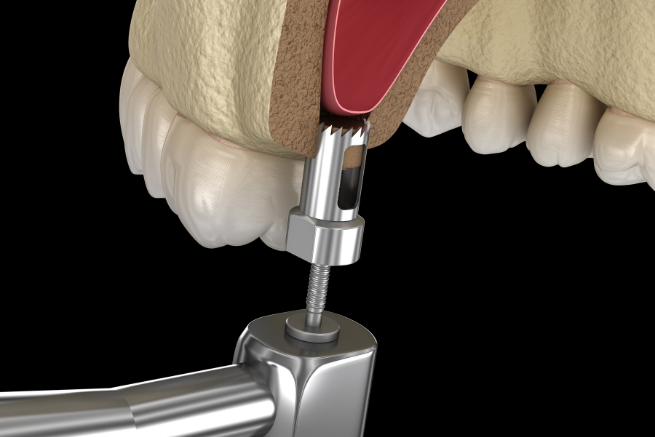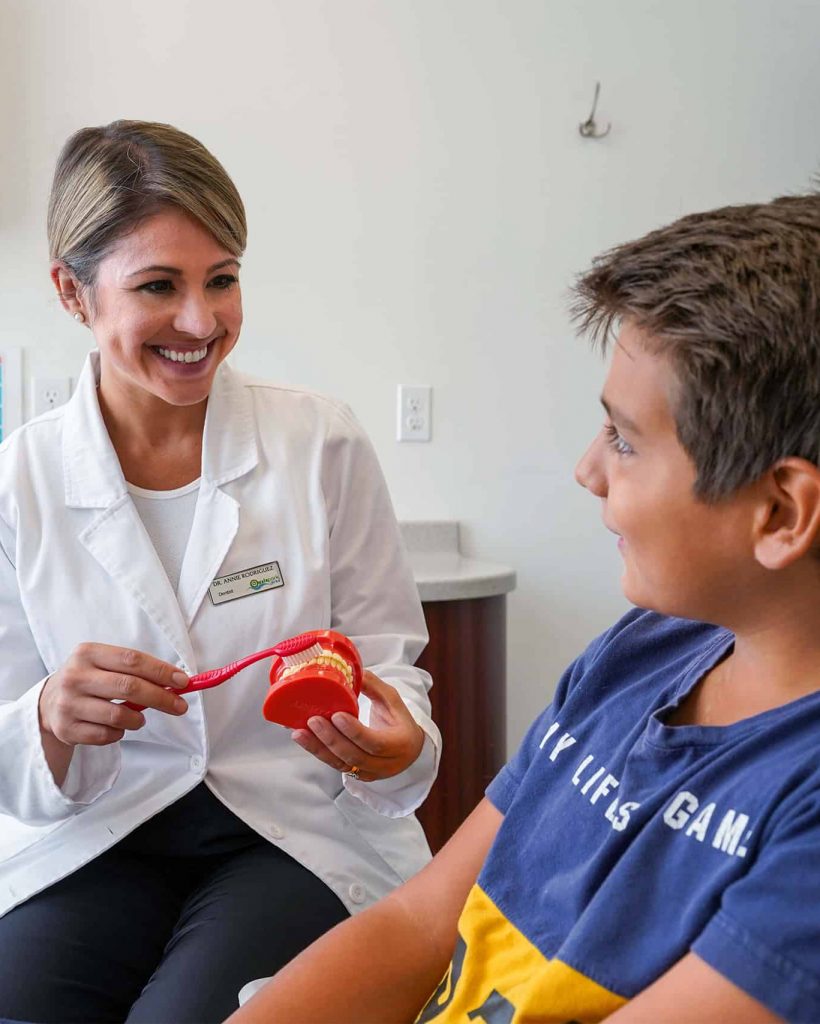Newmarket Sinus Lift
- Home
- Services
- Tooth Replacement
- Dental Implants
- Sinus Lift
Ensure Dental Implant Success with a Sinus Lift
Strengthen Your Upper Jaw for Lasting Tooth Replacement
At Oasispark Dental, we specialize in sinus lift surgery to create the bone density needed for secure dental implants in the upper jaw. If bone loss or natural sinus positioning has left insufficient space for implant placement, this procedure gently raises the sinus floor and adds bone graft material to strengthen the area. A sinus lift improves implant stability, enhances facial structure, and restores full oral function, ensuring long-term success for your tooth replacement.

The Benefits of a Sinus Lift
A sinus lift is a game-changer for individuals seeking dental implants in the upper jaw. Key benefits include:
- Creates a Strong Foundation – Adds bone density for stable, long-lasting implants.
- Prevents Implant Failure – Reduces the risk of implant instability due to bone loss.
- Restores Jawbone Volume – Rebuilds lost bone for a healthier, more youthful appearance.
- Expands Treatment Options – Makes implants possible for patients previously told they lacked bone.
With a sinus lift, you can restore your smile with confidence and enjoy reliable, functional dental implants.
What to Expect During Your Sinus Lift Procedure
The first step is a comprehensive consultation with digital imaging to assess your bone structure and determine the best approach.
During the procedure, a small opening is made in the upper jaw to gently lift the sinus membrane. A bone graft is placed underneath, encouraging natural bone growth. Healing typically takes 4-6 months, after which dental implants can be placed in the newly strengthened area.
Book A Free Consultation
Call (905) 953-8115
for emergency services or fill out the form below to book an appointment.
Other Dental Services
Office Hours
- Monday: 9 AM–5 PM
- Tuesday: 9 AM–5 PM
- Wednesday: 9 AM–6 PM
- Thursday: 9 AM–7 PM
- Friday: 9 AM–2 PM
- Saturday: 9 AM–2 PM
- Sunday: Closed


Everything You Need To Know About Your Dental Care
Frequently Asked Questions
At Oasispark Dental, we understand that you may have questions about your oral health and the dental services we provide. That’s why we’ve compiled answers to some of the most common questions we receive. If you don’t see your question here, feel free to reach out to our team—we’re always happy to help!
A sinus lift is recommended for individuals with insufficient bone density in the upper jaw, often due to bone loss from missing teeth or naturally large sinus cavities that interfere with implant placement.
The procedure is performed under local anesthesia or sedation, ensuring a comfortable experience. Some swelling or mild discomfort after surgery is normal but manageable with prescribed medications.
Healing time varies, but most patients require 4-6 months before dental implants can be placed. This allows the grafted bone to fully integrate with the jawbone.
In some cases, if only minor bone grafting is required, implants may be placed at the same time. However, most patients will need to heal first before proceeding with implant surgery.
Need A Consultation?
Give us a call or contact us through our contact form for more information on how to set up your complimentary consultation!
